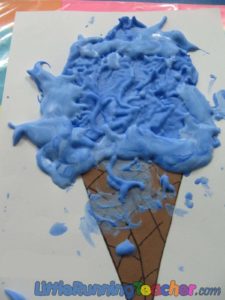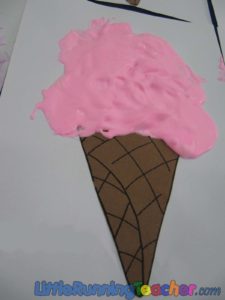Applying positive reinforcement is more than just telling a child “good job” or “I like your painting.” Instead effective positive reinforcement is sharing a genuine interest in a child’s efforts as he or she is engaged in a specific process.
For some, the ability to focus a genuine interest on a child’s efforts comes naturally. For others, like me, it requires a little more thought. I naturally want to say to children, “I love this” because I do – or – “you make me so proud” – because they do – or – “your dress is so pretty” – because I think it is – or “you did this so fast, you must be a genius!” – because I am genuinely amazed. Although this isn’t necessarily bad, it isn’t what is meant by focusing on a child’s efforts. It isn’t what is meant by effectively and productively providing positive reinforcement.
Ellen Galinsky illustrates the value of positive reinforcement in her book “Mind In the Making: The Seven Essential Life Skills Every Child Needs.” An example is a research study of children being given a challenge to solve a puzzle. To very briefly summarize the research, some of the children were praised for their effort as they worked on the puzzle and others were praised for how smart they were. Both types of praise sounded genuine and thoughtful but when the children were asked if they would like to solve a more difficult puzzle, only those who were praised on their effort chose to work on the more difficult puzzles. Those who were praised for how smart they were chose to stick with the more simple puzzles.
What I gleaned from this was to start by focusing on what a child is doing rather than how you feel about what the child is doing. For example, The next time a child shows you a painting he or she just painted – instead of saying ”Your painting is so pretty” try saying “Wow, I see you chose to use red, blue and yellow paint!” The second statement may not seem like a compliment but positive reinforcement isn’t necessarily complimenting children – it is instead the building of a child’s confidence, understanding, and interest in what he or she is doing. It is focusing the child’s attention back on his or her own choices and efforts as he or she participates in or completes a task.
You try it. How would you respond to this child's creation?

Taken from Deborah Stewart and Bam Radio Show with Rae Pica, Ellen Ava Sigler, Ed.D., and Margaret Berry Wilson. The topic was titled, “Creating Praise Junkies: Are You Giving Children Too Much “Positive” Reinforcement?”












